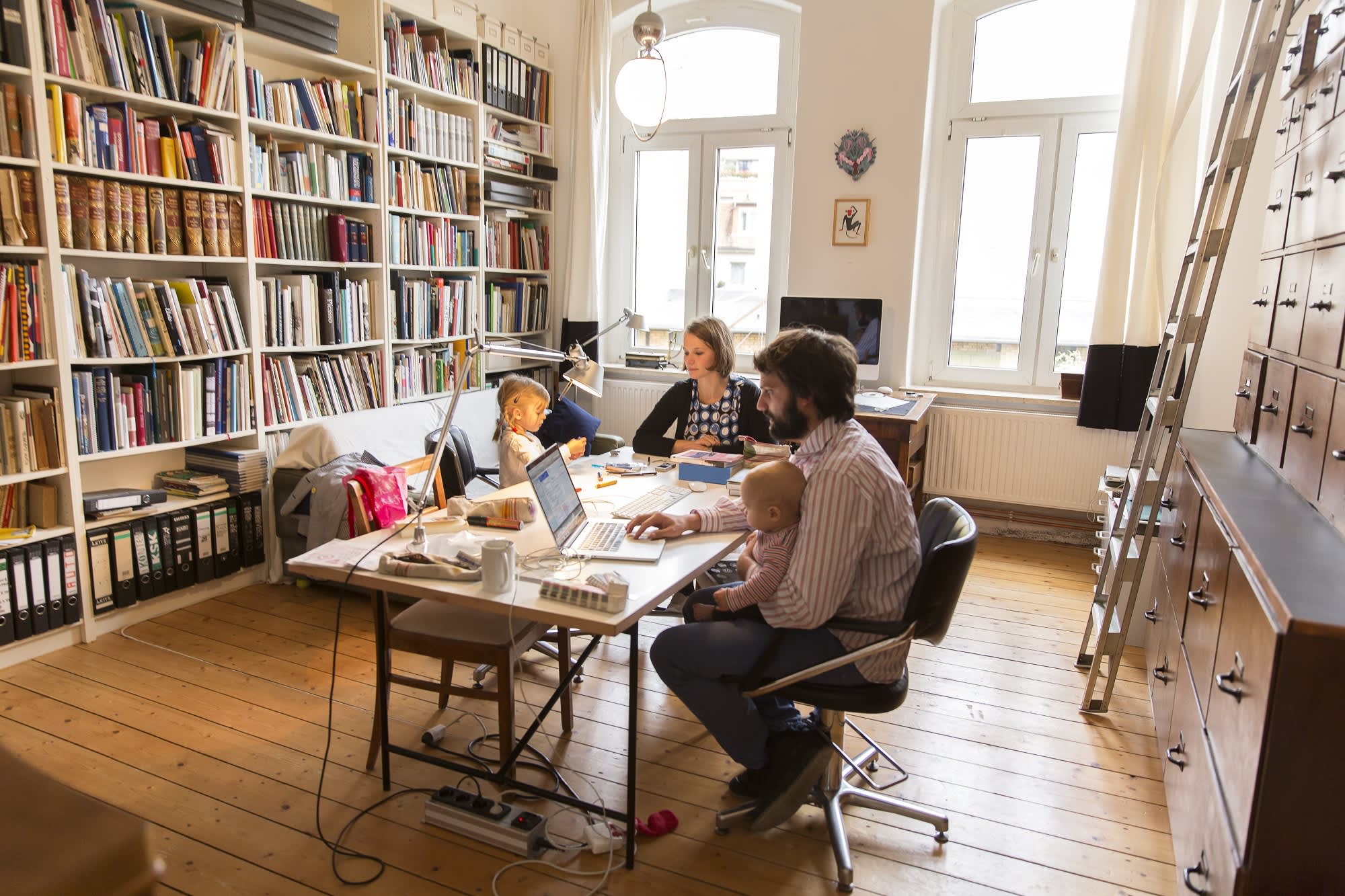Op-ed: Don’t let the future of work be defined by more hours and meetings

Simon Ritzmann/Getty Images
The workplace has changed so much in the last six months it often seems like the future of work is already upon us. Whether that’s actually the case is up to us.
We can simply accept endless web meetings, messaging overload, and the end of work/life balance, or we can step back and plan for the future we really want — one where people are more empowered, change comes from the top down and the bottom up, and businesses unleash the potential of their greatest resource — their workforce.
As we head into what for most businesses is the busiest time of year, many people may be wondering how much more work they can take on. According to the National Bureau of Economic Research, the average workday expanded by 48.5 minutes when people began working from home, while the number of meetings increased 13%.
These numbers illustrate what many people already know — we’re busier than ever. We spend our days on video call after video call while managing emails, texts, chats and alerts. We feel productive, but it’s easy to wonder if we’re actually getting anything done.
It’s easy for some to confuse activity with achievement, but busy does not necessarily mean effective. The future of work should be about solving for this instead of letting it be thrust upon us. This moment is our best chance — and perhaps our last chance for many years — to rethink everything and decide what we want work to be.
In my view, the future of work centers around giving workers more time and more ability to drive change. The days of great ideas and innovation coming only from the C-suite or an “innovation center” are over. In today’s fast moving world, innovation can (and must) spring from any part of your organization — not discounting innovation from your core, but extending it beyond that. Enabling that means giving workers who want to make a difference three things:
1. The ability to act in the moment
People need both the permission and the tools to take the initiative and solve a problem. For example, when Covid-19 first hit the Seattle area, one of our employees developed an internal dashboard to keep track of employees and manage our company’s response. The dashboard worked so well, we turned it into a free template that was made available to other companies, non-profits, and state and local governments. The templates wound up being downloaded almost 20,000 times. But they only existed because one individual employee, who was not an engineer or a coder, saw a problem and felt empowered to create a solution.
2. The ability to work at their own pace and style
Part of the reason people are spending so much time on video calls and emails is because those are the tools they’ve been given to work with. When all you have is a hammer, everything looks like a nail. We need to provide people with tools that adapt to them rather than forcing them to adapt to the tools. Everyone has their own way of working, which can change based on the specifics of the project at hand and the teams they’re working with. Providing flexibility empowers people to be productive and bring forth new ideas.
3. The ability to impact the business
Most importantly, we need to encourage people to take a big-picture view, looking at how they can improve or innovate processes, not just finish a specific project. The person who invented the Covid dashboard wasn’t asked to do it. She simply recognized that asking everyone to send an email about their health was time-consuming for employees and impossible for the HR team to manage. She came up with a better process that not only solved this one problem, but could be applied to other situations to create long-lasting positive impact for the business.
Change happens to every organization, sometimes gradually, sometimes suddenly. But today, we are all faced with a moment of transformative change. The most successful companies will be the ones that embrace that change as an opportunity; laying out a clear vision and empowering employees with the confidence and capabilities that allow them to adapt quickly so they can bring that vision to life. And in doing so, ushering in the future of work.
—By Mark Mader, President and CEO, Smartsheet




